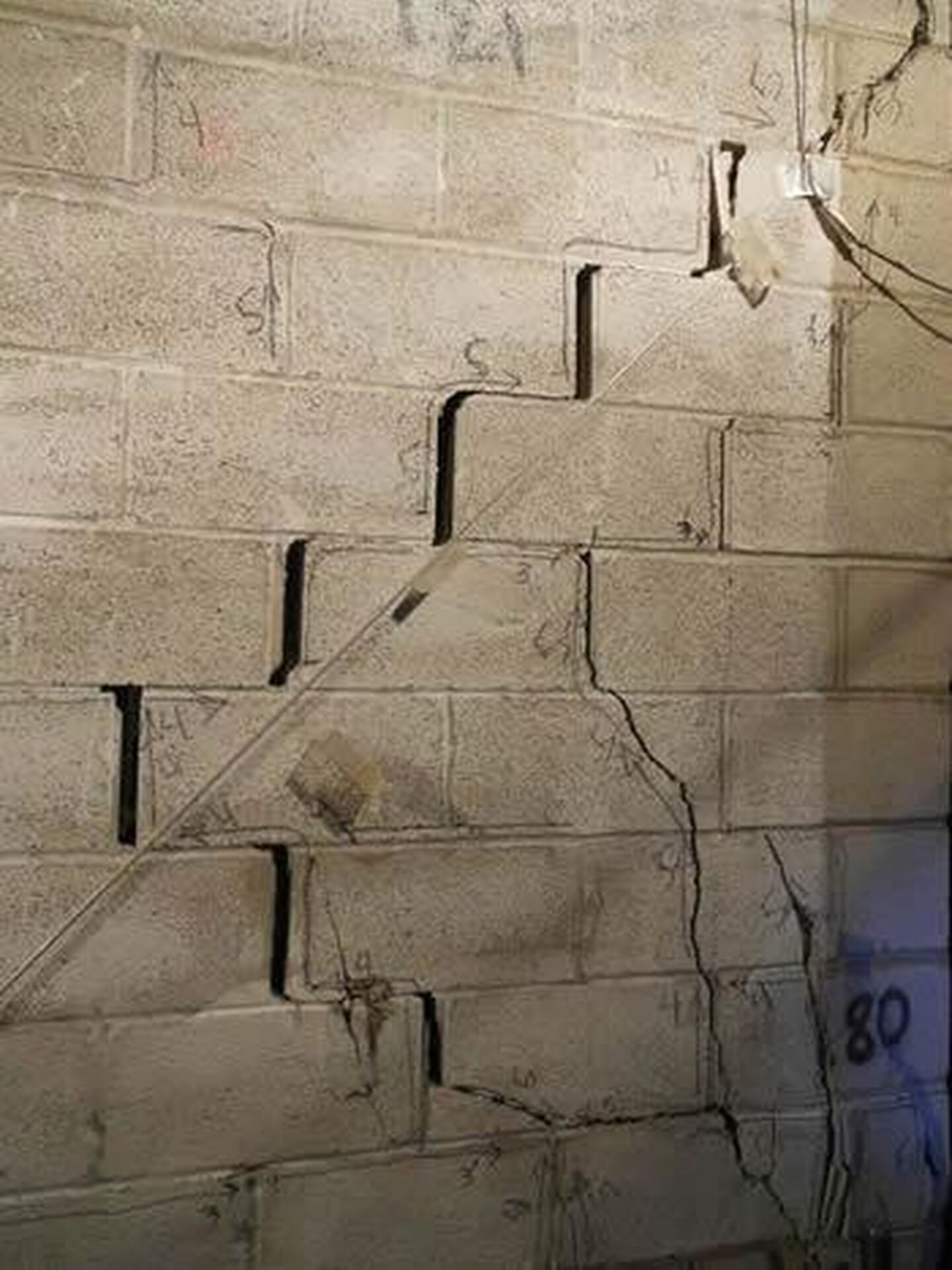What to Expect from an Estimate to Repair Foundation Walls in Chicago

There are two basic types of foundation damage.
The more severe, a dropping or sinking foundation, causes major damage to the foundation and the home it supports. Repairing a sinking foundation requires that the foundation and the house be underpinned and raised back to level – and stabilized there permanently.
The lesser form of damage, a bowed, buckled or tipped foundation wall, can be caused by foundation movement or sinking or merely by lateral pressure from saturated soil surrounding the foundation. This form of damage also requires repair, and this process stabilizes the wall in place to prevent it from moving farther and separating more from the house above. In more severe cases the wall may need to be straightened or completely rebuilt.
Before beginning any repairs, of course, the homeowner will want a detailed estimate so he or she will know what is going to be done and how and how much it will cost. An estimate for a complex job like foundation repair, though, needs to be thorough and understandable so that the homeowner is confident that the approach chosen is the best and that he or she will get a permanent repair at a reasonable price.
4 Things to Look for in a Foundation Wall Repair Estimate
Measurement of Deflection – Foundation walls constructed of poured concrete or masonry, including concrete block, suffer different kinds of damage. Poured concrete walls, since they are monolithic, tend to crack at the upper corners and rotate or tilt inward from the top, often separating completely from the sill plate at the bottom of the frame structure of the house. Masonry walls, because they are made of block, stone or brick held together by mortar, tend to bow or bulge inward in the middle of the wall. Either way, the severity of the problem is measured by how much the wall has moved, known as deflection.
Any estimate for the repair of a bowing, bulging, tipping or rotating wall should indicate clearly how much the wall has moved because the choice of repair methods depends on how far the wall has deflected. This is important because carbon fiber strips, the repair material of choice for foundation experts, has limitations on how much deflection it can stabilize, usually 2 inches. Steel repairs, either in beams or channels, also have limits and a badly deflected wall may have to be straightened or rebuilt.
Proximity to Property Lines – Some methods of wall repair, particularly the use of plate or helical anchors, can be impacted by property lines so it is important that the contractor take them into consideration and spell them out in the estimate. A plate anchor is older technology sometimes used today that involves burying an anchor plate some distance from the foundation and connecting it via threaded rod to a corresponding plate on the interior wall. The rod is tightened to create tension that prevents further inward movement of the wall.
If the affected wall is close to the property line, the excavation required for this process cannot be done without the neighbor’s permission and, if that permission is denied, cannot be done at all and another method must be chosen. Also, inadequate space between the home and property line can limit equipment to be used and size and placement of excavations.
Site Conditions – Along with property lines, other factors determined by the site on which the home is built, like soil composition, grading conditions and water table may help to determine the extent of repairs. Other factors like location of utilities, existence of decks, patios or porches and others should be included in the estimate, particularly if they affect choice of repairs or cost.
Repair Options – Structural wall repair can usually be done in one of several ways, from those mentioned above all the way to a complete rebuild. A professional foundation contractor will be able to assess the contributing factors and recommend the best method of repair among a number of techniques at his disposal. The contractor should be able to justify this recommendation and explain clearly why alternatives won’t work in a particular situation.
Of course, prices, timing and homeowner’s responsibilities should be part of any estimate for foundation repair and a skilled and reputable contractor will provide this information along with the above details. At U.S. Waterproofing, our foundation repair team prides itself on not only providing thorough and clear estimates but in completing the work to the homeowner’s satisfaction quickly and at a reasonable cost every time. Why not ask us for a free consultation?




